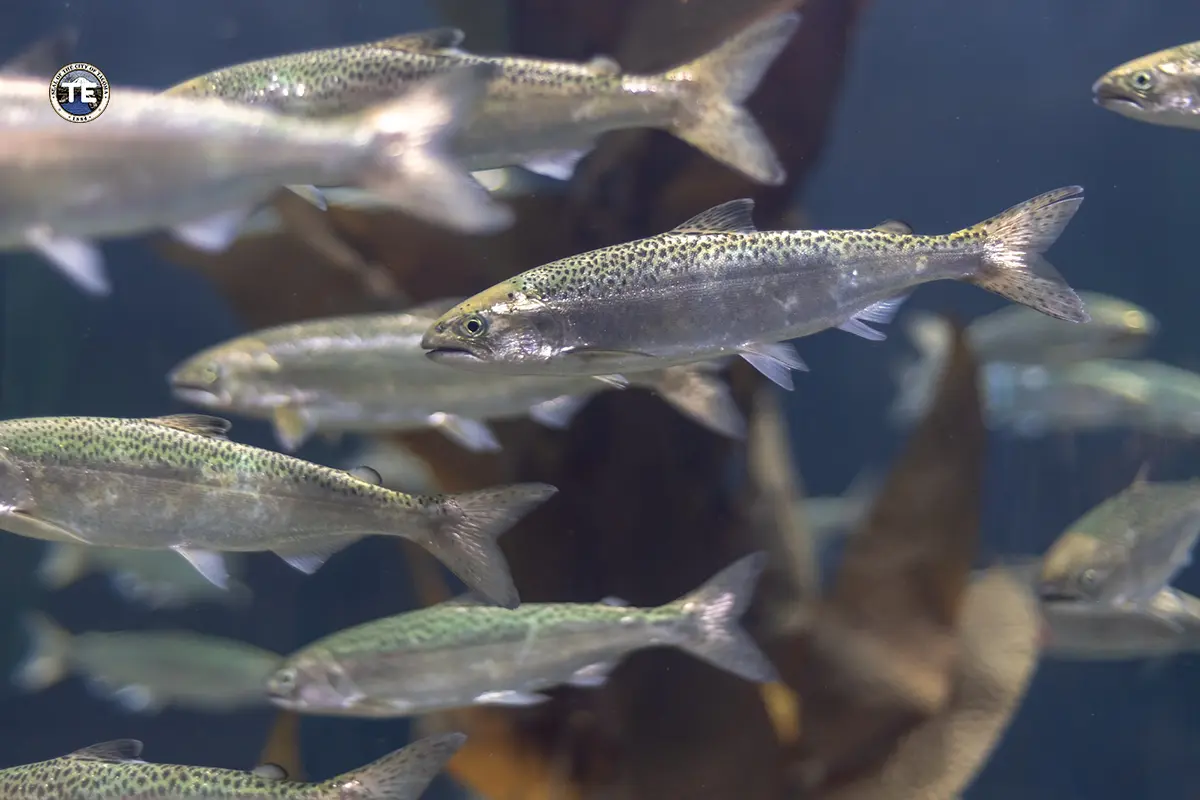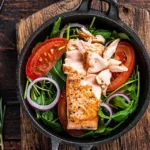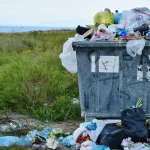The Key Points
- A lawsuit in Tacoma, Washington, targets tire manufacturers over a chemical linked to the deaths of salmon in local waterways.
- The 6PPD-quinone chemical washes into streams and rivers from tire particles, killing coho salmon and threatening ecosystems.
- Tire manufacturers argue the lawsuit bypasses the Environmental Protection Agency’s authority, raising questions about regulatory jurisdiction.
- Due to declines in the salmon population, Indigenous tribes and Tacoma residents face cultural, economic, and environmental challenges.
- The case highlights growing concerns about industrial pollution and its impacts on vulnerable communities in Washington.
Tacoma at the Crossroads: Tires, Chemicals, and Salmon Survival
Tacoma, Washington, is at the center of a critical environmental battle with nationwide implications. A coalition of environmental groups and Indigenous tribes has filed a lawsuit targeting tire manufacturers for their role in polluting waterways with 6PPD-quinone, a toxic byproduct of tire wear lethal to coho salmon.
This chemical forms when the tire preservative 6PPD reacts with ozone and is washed into local streams during rainfall. The lawsuit seeks accountability for the harm caused to salmon populations, which is vital to the region's culture, economy, and ecosystems.
The legal battle is unfolding in Tacoma, where salmon recovery efforts are a cornerstone of environmental and cultural preservation.
As the lawsuit gains national attention, it raises more significant questions about industrial responsibility and the effectiveness of current regulatory frameworks in protecting vulnerable species and communities.
A Legal Battle Brews Over Salmon Deaths in Puget Sound
The lawsuit, filed in Tacoma’s federal court, alleges that tire manufacturers have long ignored the environmental hazards posed by 6PPD-quinone.
Research from the University of Washington and the National Oceanic and Atmospheric Administration (NOAA) has confirmed that even trace amounts of the chemical can kill coho salmon within hours of exposure. The plaintiffs argue that tire companies must be held accountable for polluting waterways and failing to develop safer alternatives.
The case represents a pivotal moment in the fight to protect salmon populations, which have faced decades of decline due to habitat destruction, overfishing, and climate change.
In Puget Sound, where coho salmon are a critical species, the additional threat posed by 6PPD-quinone has sparked urgent calls for action. “This chemical is not just harming fish—it’s harming our way of life,” said a spokesperson for one of the Indigenous tribes involved in the lawsuit.
Tacoma’s Local Communities Face Consequences
The toxic effects of 6PPD-quinone extend far beyond salmon. Tacoma residents rely on healthy waterways for recreational fishing, tourism, and local businesses tied to the region’s natural beauty. Declining salmon populations ripple through the ecosystem, affecting predators and other species that depend on salmon for survival.

Indigenous tribes like the Puyallup are among the most directly affected. Salmon is a dietary staple and cultural and spiritual cornerstone for these communities.
The lawsuit underscores the broader issue of environmental justice, as the communities most affected by pollution often have the fewest resources to fight it. Tribal leaders have called for swift action, emphasizing the urgency of preserving their heritage and livelihoods.
In addition to cultural and ecological impacts, the contamination of Tacoma’s waterways raises public health concerns. Residents worry about the long-term effects of chemical pollutants on drinking water and aquatic environments, which are integral to the city’s identity and economy.
Tire Industry Pushback and EPA Oversight Questions
The tire industry has resisted the lawsuit, arguing that it sidesteps the authority of the Environmental Protection Agency (EPA), which oversees chemical safety regulations.
Industry representatives maintain that they have complied with federal guidelines and contend that addressing the issue requires systemic changes beyond their control. “The responsibility for managing chemical runoff lies with regulators and municipalities, not individual manufacturers,” a spokesperson for one tire company stated.
Legal experts suggest the case could set a significant precedent for holding manufacturers accountable for environmental harm caused by their products.
However, if new regulations are imposed, the industry warns of potential economic consequences, including increased consumer costs. The debate has left Tacoma residents between the need for environmental protection and concerns about the financial implications of stricter industry oversight.
Scientific Evidence Links 6PPD-Quinone to Salmon Mortality
Extensive scientific research supports the role of 6PPD-quinone in salmon deaths. Studies have shown that when 6PPD is released from tire particles and interacts with ozone, it forms 6PPD-quinone, a highly toxic compound that contaminates urban runoff.
In Tacoma and other metropolitan areas, this runoff flows directly into streams and rivers, exposing salmon to lethal doses of the chemical.
Coho salmon, in particular, are highly susceptible. The fish exhibit symptoms such as disorientation and difficulty breathing before dying within hours of exposure. The persistence of 6PPD-quinone in waterways threatens salmon recovery programs, including hatcheries in Tacoma that play a vital role in sustaining fish populations.
Environmental groups are advocating for innovative solutions to mitigate the problem. Proposed measures include developing non-toxic tire additives, improving stormwater filtration systems, and increasing public awareness.
What’s Next for Tacoma’s Waterways and Salmon?
The outcome of the Tacoma lawsuit could reshape environmental policies across the United States. If successful, the case could force tire manufacturers to invest in greener technologies and set a new standard for industrial accountability.
However, the path forward is fraught with challenges, including navigating regulatory frameworks and balancing economic considerations with environmental priorities.
Tacoma's local governments and advocacy groups are exploring collaborative solutions to address the issue. Initiatives such as public-private partnerships to improve stormwater infrastructure and grants for green technology development are gaining traction.
For Tacoma’s residents, the stakes are personal: their health, heritage, and economy are deeply intertwined with the region’s waterways and natural resources.
Tacoma symbolizes the broader struggle to balance industrial progress with environmental sustainability as the legal battle unfolds.
The fight against 6PPD-quinone is not just about saving salmon—it’s about protecting the identity and future of a community that depends on them. While the future remains uncertain, Tacoma’s resolve to address this crisis offers hope for a more sustainable and equitable future.

Lifelong bacon junkie. Lifelong internet fanatic. Hipster-friendly travel aficionado. Twitter lover. Avid food buff. Incurable travel trailblazer.













